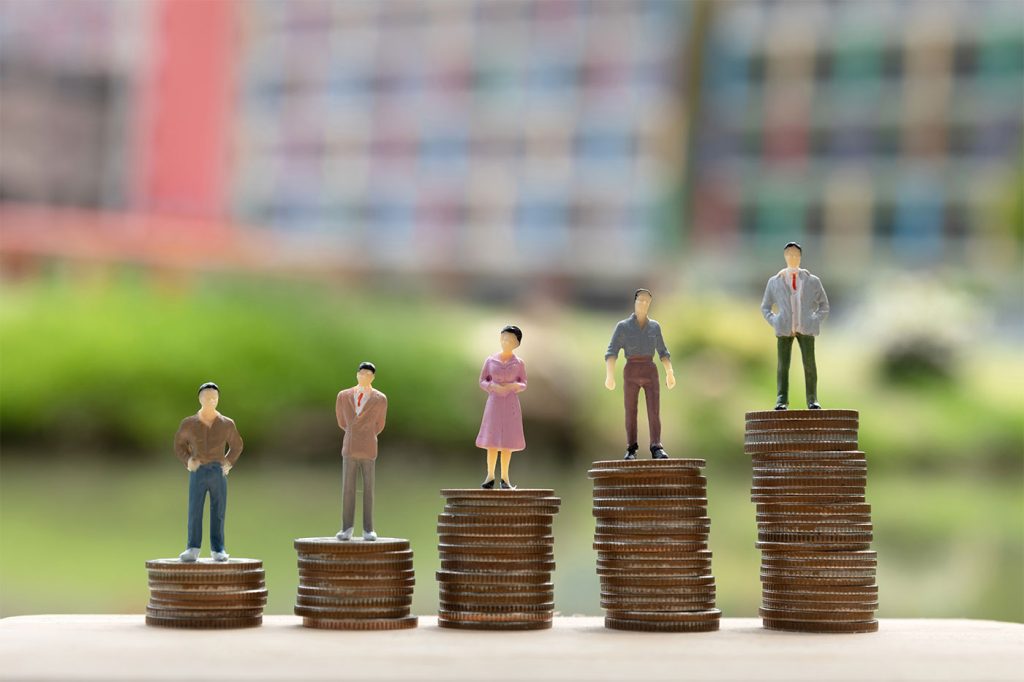Let’s be real—sustainable web design sounds great in theory. Who wouldn’t want to build a cleaner, greener internet while crafting sleek, high-performance websites? But here’s the thing: most so-called “green” web practices are more about looking good than actually making a difference.
Slapping a “carbon-neutral hosting” badge on your site doesn’t erase the fact that it’s bloated with autoplay videos, massive unoptimized images, and third-party tracking scripts firing requests like they’re in a data war.
The internet might feel weightless, but it’s built on power-hungry servers, energy-guzzling data centers, and a never-ending cycle of requests and processing that leave a much bigger carbon footprint than most people realize.
So, is sustainable web design the future of the industry, or is it just another empty buzzword to make companies sound eco-friendly while they continue to build wasteful, sluggish sites? And more importantly—if we actually want to make a difference, where do we start?
The Internet Is Dirtier Than You Think
People don’t think of the internet as a polluter. It’s digital. No smoke. No exhaust pipes. No factory fumes. But behind every website is a network of physical infrastructure sucking up an absurd amount of energy.
Data centers alone are estimated to contribute as much carbon as the entire airline industry. Every time someone loads a webpage, it triggers a chain reaction—requests hit a server, the server processes the request, loads the necessary files, and sends it all back. That might not seem like much, but when you multiply that by the billions of daily web interactions happening globally, the energy consumption skyrockets.
And let’s be honest—most websites are an absolute mess when it comes to efficiency. Autoplaying background videos that nobody asked for, high-resolution images that could have been optimized, third-party scripts bogging everything down, bloated JavaScript frameworks slowing everything to a crawl. Every little inefficiency adds up, not just in terms of UX but in raw energy waste.
If we’re serious about sustainable web design, we have to stop treating it like an abstract concept and start recognizing that bad design choices directly contribute to environmental waste. The internet isn’t just inefficient—it’s an overstuffed, poorly optimized beast that keeps growing at an unsustainable rate.
When Sustainability Actually Means Something (And When It’s Just a PR Stunt)
Some companies are doing real work to make web sustainability more than just a nice-sounding trend. Google’s push for faster-loading websites through its Core Web Vitals initiative is a great example. It rewards websites that improve speed, reduce excessive JavaScript, and streamline user experience—not because it’s good for the environment, but because it improves the web as a whole.
Mozilla has taken things a step further with its Sustainable Web Manifesto, encouraging designers and developers to be more mindful about building lightweight, efficient experiences. They’re pushing for real changes in how the web is designed—focusing on faster, cleaner, and more energy-efficient sites.
But then there’s the other side—the greenwashing. The companies that throw a “carbon-neutral” label on their website while hosting on renewable energy but still loading 15MB of JavaScript garbage for a simple landing page. Choosing a greener hosting provider is a start, but if your site is an over-engineered nightmare of inefficient code and unnecessary assets, you’re still part of the problem.
The real solution isn’t just about where your data is hosted—it’s about how much data you’re making people load in the first place.
How to Actually Build a Sustainable Website Without Making It Suck
If sustainability is going to be more than just a feel-good marketing term, it starts with making web experiences leaner, faster, and more efficient. The first step? Cut the bloat.
Most sites are stuffed with unnecessary junk. High-res images that could easily be compressed, background videos that don’t add any real value, and animations that slow everything down for the sake of looking fancy. If it doesn’t actively improve UX, it’s just wasting resources.
A great example of an ultra-lean site is BBC’s homepage, which has been optimized to load with only 90KB of HTML, CSS, and JavaScript combined. That’s basically nothing compared to most modern websites. It loads almost instantly, runs efficiently, and doesn’t make users wait around for unnecessary assets to download.
Another way to drastically cut energy waste is by switching to static sites instead of dynamic ones. Every time a dynamic site loads, it’s making constant database queries, burning through processing power that could have been avoided.
Static websites, on the other hand, pre-build pages so they don’t need to constantly generate content on the fly. That’s why frameworks like Next.js and Astro are becoming more popular—they let you build dynamic-feeling experiences while keeping server requests to a minimum.
Hosting is another area where efficiency matters. Using a green hosting provider that runs on renewable energy is better than relying on fossil-fuel-powered data centers. Companies like GreenGeeks, Kualo, and SiteGround are pushing sustainability forward, but again—it only makes a difference if the website itself is optimized.
There’s also the question of user behavior. Do users really need every page load to be a full refresh? More sites are starting to embrace progressive web apps (PWAs) and server-side caching, keeping frequently used assets stored locally so they don’t have to be reloaded from scratch every time someone visits. It’s a win-win—faster experiences for users and less server load for the environment.
Sustainability Isn’t Just a Trend—It’s Inevitable
At some point, efficiency won’t just be an option—it’ll be a necessity. Energy costs are rising, climate concerns are intensifying, and companies will eventually have no choice but to optimize their web presence for sustainability. The faster we start designing with performance in mind, the better off we’ll be.
But here’s the best part—sustainable design is good for business, too. Faster websites don’t just reduce energy consumption; they also rank better on Google, convert more users, and create better experiences. If your site is lean and loads in under two seconds, it’s not just greener—it’s also making more money.
This isn’t about jumping on a trend or adding a green sticker to your website footer. It’s about building a better web—one that’s faster, more efficient, and doesn’t waste resources, whether that’s CPU cycles, bandwidth, or human attention.
So, is sustainable web design the future, or is it just another marketing buzzword? That depends on whether designers are willing to actually make changes—or just keep pretending. What do you think?






